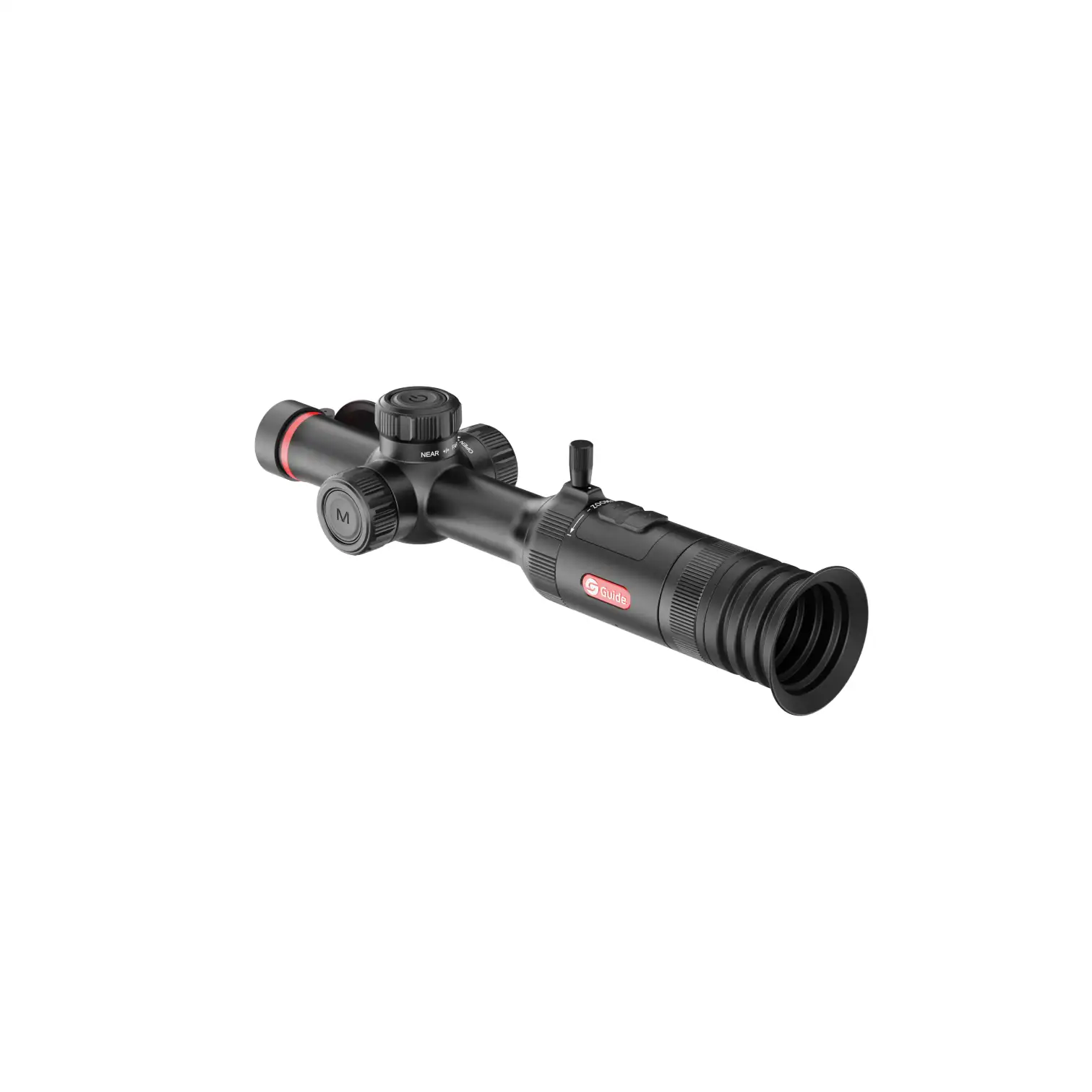Commercial light installation is a critical component of creating a functional, efficient, and appealing environment for businesses. Whether for retail spaces, office buildings, or industrial facilities, effective lighting enhances productivity, safety, and the overall ambiance. This comprehensive guide explores the significance of commercial light installation, various types of commercial lighting, the installation process, regulations and standards, common issues, and best practices for ensuring successful lighting projects.
The Importance of Commercial Light Installation
Effective commercial light installation is vital for several reasons:
Productivity and Performance: Proper lighting improves visibility, reduces eye strain, and enhances focus, contributing to increased productivity and performance in commercial settings. Well-designed lighting can also help to create an environment that supports various tasks and activities.
Safety and Security: Adequate lighting is essential for safety and security in commercial spaces. Well-lit areas reduce the risk of accidents and enhance security by deterring criminal activity and ensuring clear visibility in both indoor and outdoor environments.
Ambiance and Aesthetics: Lighting plays a significant role in creating the desired ambiance and aesthetic appeal of commercial spaces. It can highlight architectural features, set the mood, and enhance the overall customer experience.
Energy Efficiency: Efficient lighting solutions help reduce energy consumption and lower utility costs. Implementing energy-efficient technologies and practices contributes to sustainability and operational savings.
Compliance: Adhering to lighting regulations and standards ensures that commercial installations meet safety and performance requirements. Compliance helps avoid legal issues and ensures that lighting systems are safe and effective.
Types of Commercial Lighting
Commercial lighting encompasses a variety of types, each suited to different applications and environments:
Ambient Lighting: Ambient lighting provides general illumination for a space, ensuring that it is uniformly lit and comfortable for everyday activities. Examples include ceiling-mounted fixtures, recessed lights, and fluorescent tubes.
Task Lighting: Task lighting focuses on specific areas where detailed work is performed, such as desks, workstations, and reading areas. Examples include desk lamps, under-cabinet lights, and adjustable fixtures.
Accent Lighting: Accent lighting highlights specific features or areas, such as artwork, architectural elements, or product displays. Examples include track lighting, spotlights, and wall-mounted fixtures.
Emergency Lighting: Emergency lighting ensures safety during power outages or emergencies by providing illumination to exit routes and critical areas. Examples include exit signs, emergency exit lights, and battery-operated backup lights.
Decorative Lighting: Decorative lighting enhances the visual appeal of a space and can contribute to its overall theme or branding. Examples include chandeliers, pendant lights, and LED strip lighting.
Outdoor Lighting: Outdoor lighting provides illumination for exterior areas, including parking lots, walkways, and building facades. Examples include floodlights, wall-mounted lights, and landscape lighting.
The Commercial Light Installation Process
The process of installing commercial lighting involves several key steps:
Needs Assessment and Planning: The first step is to assess the lighting needs of the commercial space. This involves understanding the requirements for different areas, considering the type of business, and determining the desired lighting effects. Planning includes creating a lighting design that addresses these needs and integrates with the overall layout of the space.
Selecting Lighting Fixtures: Based on the needs assessment and planning, select appropriate lighting fixtures that match the design and functional requirements. Consider factors such as light output, color temperature, energy efficiency, and aesthetic appeal.
Preparing the Site: Before installation, prepare the site by ensuring that all necessary electrical connections are in place and that the area is clean and free of obstructions. This may involve making adjustments to existing wiring, installing electrical boxes, or reinforcing mounting surfaces.
Installing Fixtures: Install lighting fixtures according to the design plan and manufacturer’s instructions. This includes mounting fixtures securely, connecting wiring, and ensuring proper alignment and positioning.
Testing and Adjustments: Once the fixtures are installed, test the lighting system to ensure proper operation and performance. Make any necessary adjustments to achieve the desired lighting effects and address any issues such as uneven illumination or glare.
Final Inspection and Documentation: Conduct a final inspection to verify that the installation meets safety and performance standards. Document the installation process, including fixture locations, wiring diagrams, and any adjustments made.
Regulations and Standards
Commercial light installations must comply with various regulations and standards to ensure safety and performance. Some key regulations and standards include:
National Electrical Code (NEC): In the United States, the NEC provides guidelines for electrical installations, including lighting. It covers wiring methods, safety requirements, and installation practices.
Illuminating Engineering Society (IES) Standards: IES provides standards and guidelines for lighting design and performance. These standards address factors such as light levels, uniformity, and color rendering.
International Electrotechnical Commission (IEC) Standards: IEC standards, such as IEC 60598, provide guidelines for the safety and performance of lighting equipment. These standards apply to various types of lighting fixtures and installations.
Local Building Codes: Local building codes and regulations may have specific requirements for commercial lighting installations. It is essential to be familiar with and comply with these codes to ensure legal compliance.
Common Issues in Commercial Light Installation
Several common issues may arise during commercial light installation:
Inadequate Lighting: Insufficient lighting can result in poor visibility, reduced productivity, and safety hazards. Proper planning and fixture selection are essential to ensure adequate illumination for all areas.
Glare and Reflection: Glare and reflection can cause visual discomfort and interfere with tasks. Use fixtures with appropriate shielding and diffusing options to minimize glare and ensure even lighting.
Electrical Issues: Electrical issues, such as faulty wiring or circuit overloads, can disrupt lighting performance and pose safety risks. Regular inspections and adherence to electrical codes help prevent these issues.
Improper Fixture Placement: Incorrect fixture placement can lead to uneven lighting and shadowing. Follow the lighting design plan and ensure proper alignment and positioning of fixtures.
Energy Inefficiency: Inefficient lighting solutions can result in higher energy costs and increased environmental impact. Implement energy-efficient technologies and practices to reduce energy consumption and operational costs.
Best Practices for Commercial Light Installation
To ensure successful commercial light installation, follow these best practices:
Engage Professional Lighting Designers: Work with professional lighting designers to create a lighting plan that meets the specific needs of the commercial space. Lighting designers have expertise in optimizing lighting for functionality, aesthetics, and efficiency.
Use High-Quality Fixtures: Select high-quality lighting fixtures that offer reliability, durability, and performance. Invest in fixtures from reputable manufacturers to ensure long-term satisfaction.
Optimize Energy Efficiency: Implement energy-efficient lighting solutions, such as LED fixtures and occupancy sensors, to reduce energy consumption and lower utility costs. Consider integrating lighting controls and dimming options to further enhance efficiency.
Consider Maintenance Requirements: Choose fixtures and lighting systems that are easy to maintain and service. Regular maintenance, including cleaning and bulb replacement, ensures optimal performance and longevity.
Plan for Flexibility: Design the lighting system with flexibility in mind, allowing for future changes or upgrades. This may include using adjustable fixtures, modular components, or easily accessible wiring.
Address Safety and Compliance: Ensure that all lighting installations meet safety and compliance requirements. This includes proper wiring, grounding, and adherence to local codes and standards.
Incorporate Smart Lighting Technology: Embrace smart lighting technology to enhance control and automation. Smart lighting systems offer features such as remote control, scheduling, and integration with building management systems.
Test and Validate: Thoroughly test and validate the lighting system before finalizing the installation. Ensure that all fixtures are functioning correctly, and make any necessary adjustments to achieve the desired lighting effects.
The Role of Technology in Commercial Light Installation
Technological advancements are shaping the field of commercial light installation in several ways:
LED Technology: LED lighting offers significant advantages over traditional lighting technologies, including higher energy efficiency, longer lifespan, and lower maintenance requirements. LED fixtures are increasingly used in commercial installations for their cost-saving and performance benefits.
Smart Lighting Controls: Smart lighting controls, such as sensors and programmable timers, enable precise control over lighting levels and schedules. These controls help optimize energy use and improve overall efficiency.
Building Management Systems (BMS): Integration with BMS allows for centralized control and monitoring of lighting systems. BMS provides enhanced management capabilities, including automated lighting schedules and real-time monitoring.
Dynamic Lighting Solutions: Dynamic lighting solutions, such as tunable white light and color-changing LEDs, offer flexibility in creating different lighting effects and adapting to various needs and preferences.
Energy Management Software: Energy management software provides insights into lighting energy consumption and performance. This software helps identify opportunities for energy savings and optimize lighting usage.
Future Trends in Commercial Light Installation
The field of commercial light installation is evolving, with several trends shaping its future:
Integration with IoT: The integration of lighting systems with the Internet of Things (IoT) will enhance connectivity and control. IoT-enabled lighting systems offer advanced features such as remote management, data analytics, and integration with other building systems.
Focus on Sustainability: There will be an increased emphasis on sustainability in commercial lighting, including the use of eco-friendly materials, energy-efficient technologies, and sustainable design practices. Green building certifications and environmental considerations will drive these trends.
Advancements in Lighting Technology: Innovations in lighting technology, such as improved LED performance and advanced optical designs, will continue to enhance lighting solutions. New technologies will offer greater efficiency, flexibility, and customization options.
Enhanced Human-Centric Lighting: The focus on human-centric lighting will grow, with an emphasis on lighting designs that support well-being and productivity. This includes considerations for circadian rhythms, color temperature, and light quality.
Smart Cities and Urban Lighting: The development of smart cities will drive advancements in urban lighting solutions. Smart street lighting, adaptive controls, and data-driven lighting management will enhance city infrastructure and sustainability.
Conclusion
Commercial light installation is a crucial aspect of creating functional, efficient, and aesthetically pleasing environments for businesses. Properly designed and installed lighting systems enhance productivity, safety, and ambiance, while also contributing to energy efficiency and compliance. By understanding the importance of lighting, selecting appropriate fixtures, following best practices, and embracing technological advancements, businesses can achieve successful lighting projects that meet their specific needs and objectives. As technology continues to evolve, the field of commercial light installation will adapt to incorporate new solutions and innovations, ensuring that lighting systems remain effective, efficient, and relevant for years to come.




